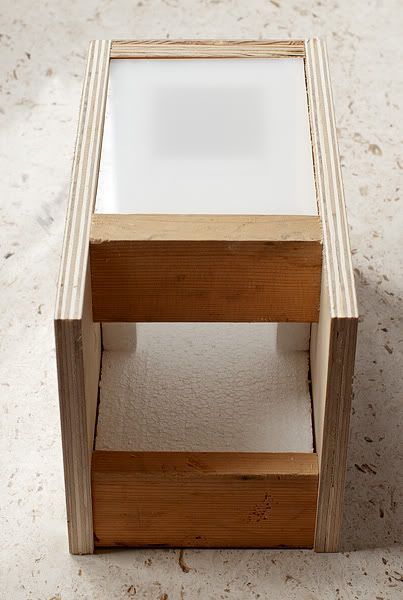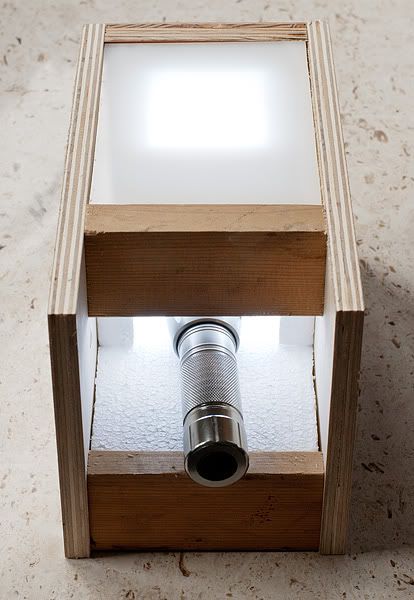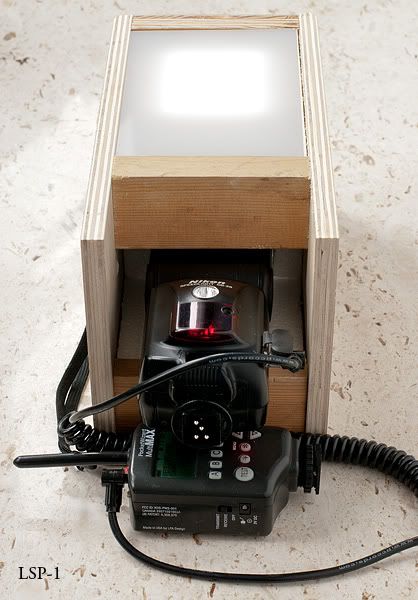I've built the platform, and have done some initial testing. I've also got a much improved design for a Mk II, but until it can be proven that the combination of uneven illumination (light source and lens) can be corrected, I doubt if I will build it.
Regarding the bed; I'm using a 10mm porcelain tile, very flat. I have a piece of 6mm glass that is positioned on top of it, with the transparency taped to that. The glass is guided using some Mod 1 racks, these allow incremental repositioning in multiples of 3mm. Wet mounting might be better, particularly with film that has been clipped in frames; the clips and the heat of the process tends to distort colour films.
I'm going to do at least one more run of tests, but I don't hold out too much hope of making an acceptable scan, for an acceptable level of commitment...
The magnification of the image that's possible is quite scary, right into the dye clouds-but not as scary as the magnification of the dust...




 Reply With Quote
Reply With Quote






Bookmarks